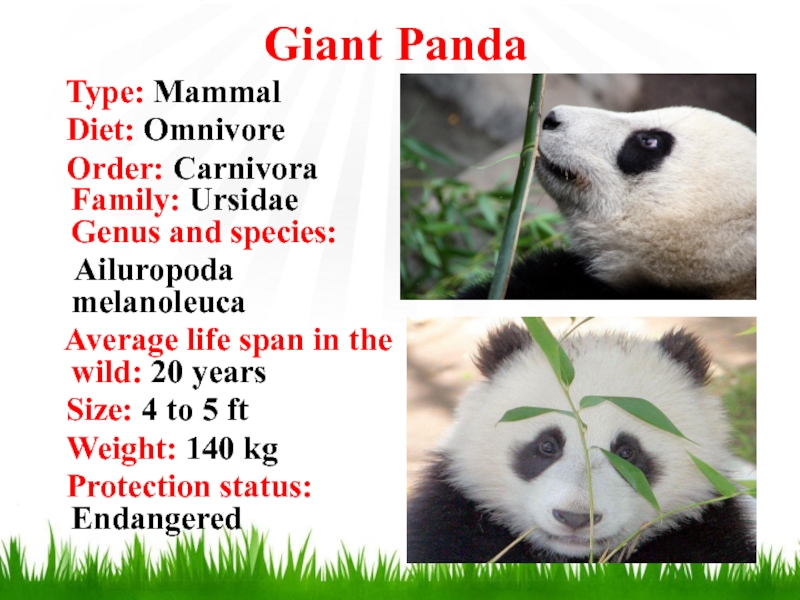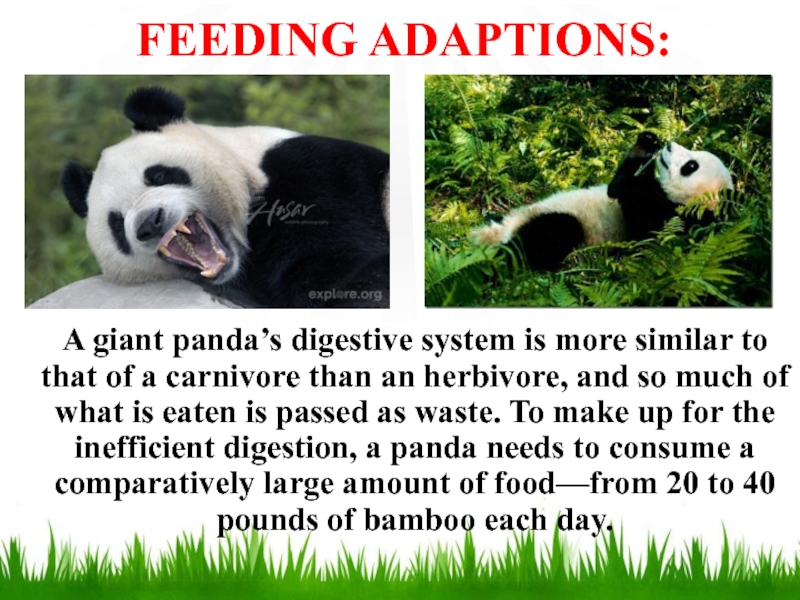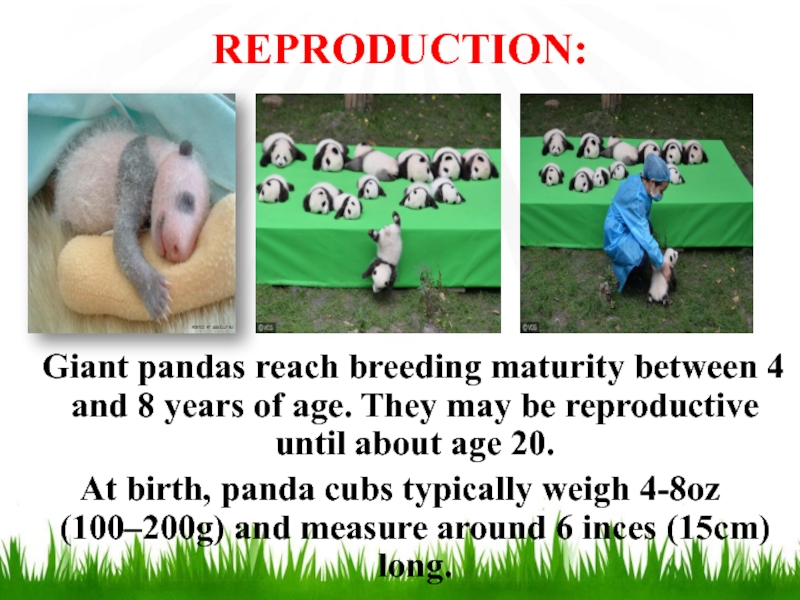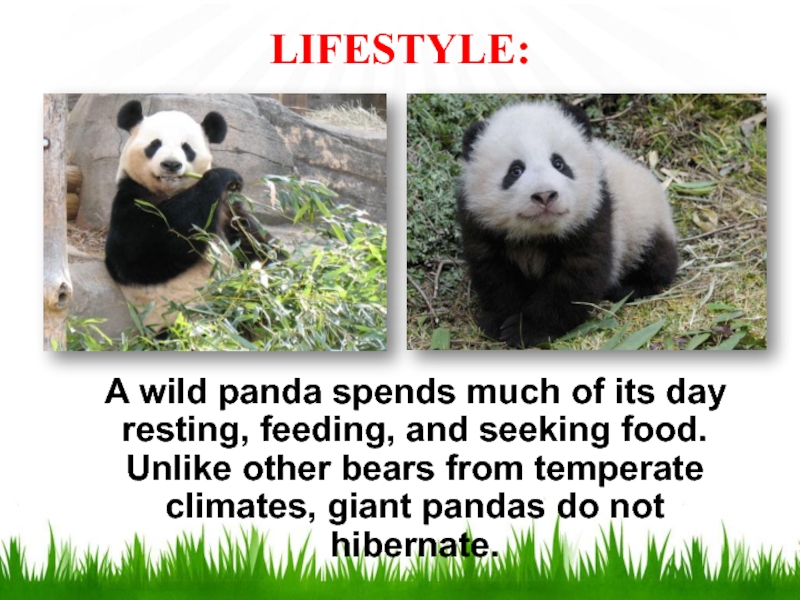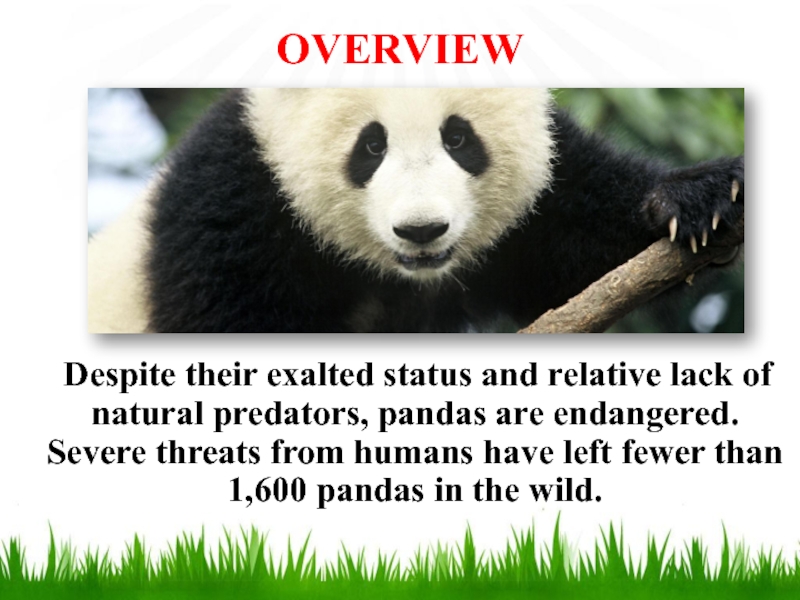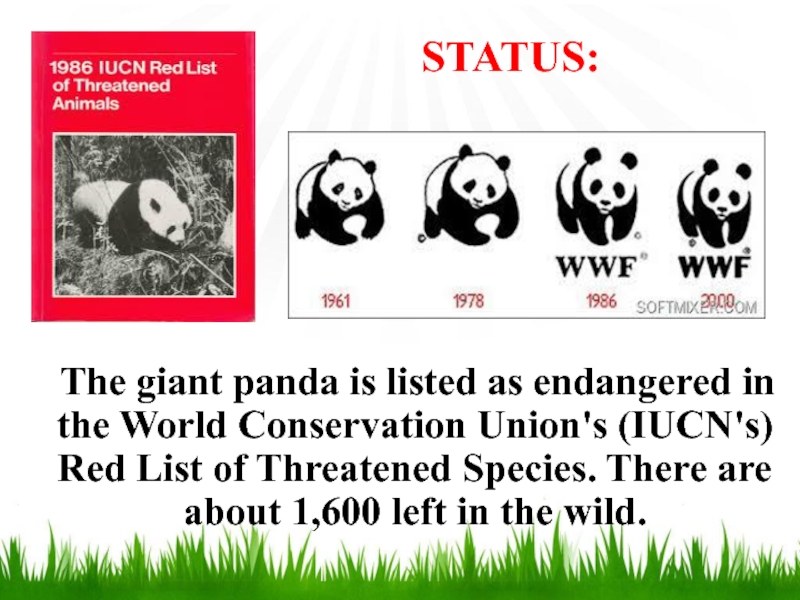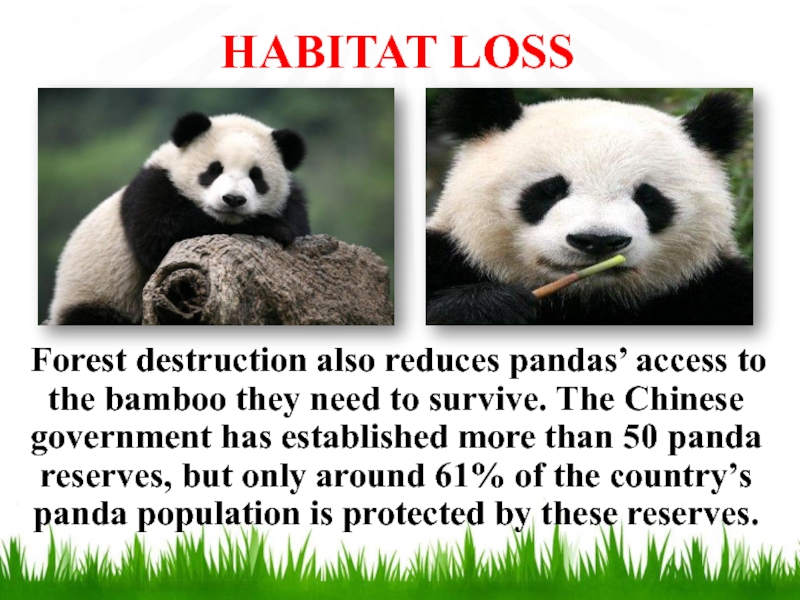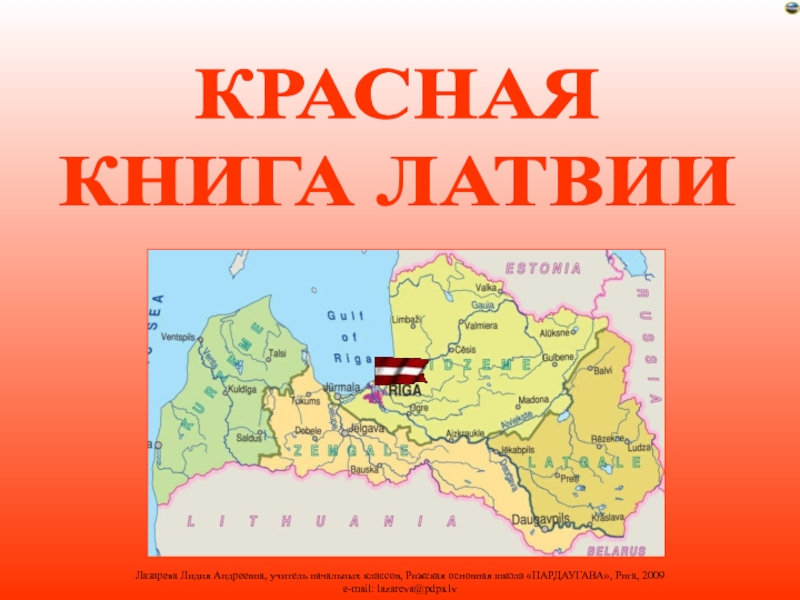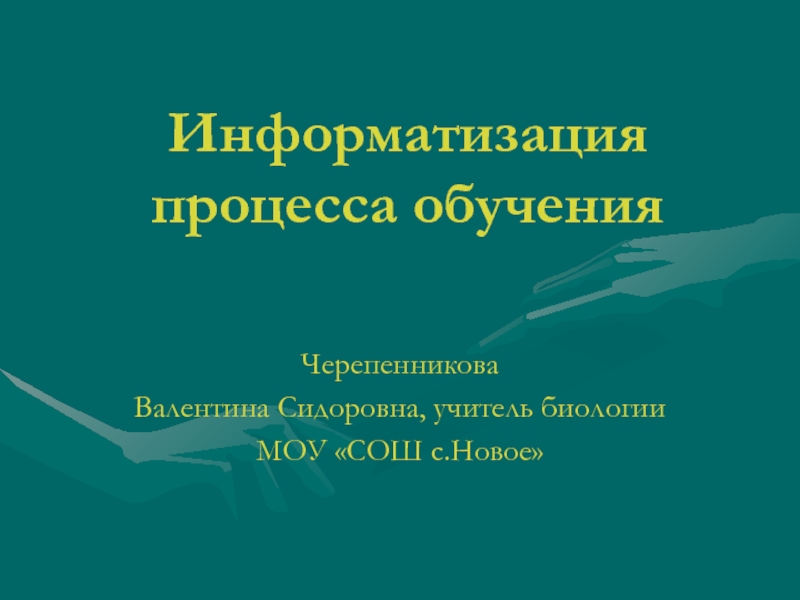Разделы презентаций
- Разное
- Английский язык
- Астрономия
- Алгебра
- Биология
- География
- Геометрия
- Детские презентации
- Информатика
- История
- Литература
- Математика
- Медицина
- Менеджмент
- Музыка
- МХК
- Немецкий язык
- ОБЖ
- Обществознание
- Окружающий мир
- Педагогика
- Русский язык
- Технология
- Физика
- Философия
- Химия
- Шаблоны, картинки для презентаций
- Экология
- Экономика
- Юриспруденция
Giant Panda - animal of the Red book
Содержание
- 1. Giant Panda - animal of the Red book
- 2. Contents: Biological features of the giant panda;Habitat
- 3. Giant Panda Type: Mammal Diet:
- 4. PHYSICAL DESCRIPTION: The giant panda,
- 5. SIZE: Giant pandas stand between
- 6. DIET: A wild giant panda’s
- 7. FEEDING ADAPTIONS: A giant panda’s digestive
- 8. REPRODUCTION: Giant pandas reach breeding
- 9. HABITAT: Giant pandas live in
- 10. GEOGRAPHIC DISTRIBUTION: Giant pandas live
- 11. LIFESTYLE: A wild panda spends
- 12. OVERVIEW Despite their exalted status
- 13. STATUS: The giant panda is
- 14. HABITAT LOSS Forest destruction also reduces
- 15. list of references:http://www.defenders.orghttp://nationalzoo.si.eduhttp://animals.nationalgeographic.comhttp://en.wikipedia.org
- 16. Тhanks for watching
- 17. Скачать презентанцию
Contents: Biological features of the giant panda;Habitat of the giant panda;The present state of giant pandas;Modern problems of resettlement of giant pandas.
Слайды и текст этой презентации
Слайд 2Contents:
Biological features of the giant panda;
Habitat of the giant panda;
The
present state of giant pandas;
pandas.Слайд 3Giant Panda
Type: Mammal
Diet: Omnivore
Order: Carnivora
Family: Ursidae
Genus
and species:
Ailuropoda melanoleuca
Average life span in
the wild: 20 yearsSize: 4 to 5 ft
Weight: 140 kg
Protection status: Endangered
Слайд 4PHYSICAL DESCRIPTION:
The giant panda, a black-and-white bear, has
a body typical of bears. It has black fur on
ears, eye patches, muzzle, legs, and shoulders. The rest of the animal's coat is white.Слайд 5SIZE:
Giant pandas stand between two and three feet
tall at the shoulder, and reach four to six feet
long. Males are larger than females, weighing up to 250 pounds in the wild. Femalesrarely reach 220 pounds.
Слайд 6DIET:
A wild giant panda’s diet is almost exclusively
bamboo. The balance consists of other grasses and occasional small
rodents or musk deer fawns. In zoos, giant pandas eat sugar cane, rice gruel, a special high-fiber biscuit, apples, and sweet potatoes.Слайд 7FEEDING ADAPTIONS:
A giant panda’s digestive system is more
similar to that of a carnivore than an herbivore, and
so much of what is eaten is passed as waste. To make up for the inefficient digestion, a panda needs to consume a comparatively large amount of food—from 20 to 40 pounds of bamboo each day.Слайд 8REPRODUCTION:
Giant pandas reach breeding maturity between 4 and
8 years of age. They may be reproductive until about
age 20.At birth, panda cubs typically weigh 4-8oz (100–200g) and measure around 6 inces (15cm) long.
Слайд 9HABITAT:
Giant pandas live in broadleaf and coniferous forests
with a dense understory of bamboo, at elevations between
5,000
and 10,000 feet. Слайд 10GEOGRAPHIC DISTRIBUTION:
Giant pandas live in a few mountain
ranges in central China, in Sichuan, Shaanxi, and Gansu provinces.


